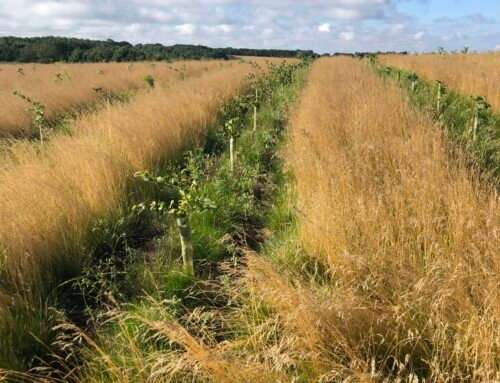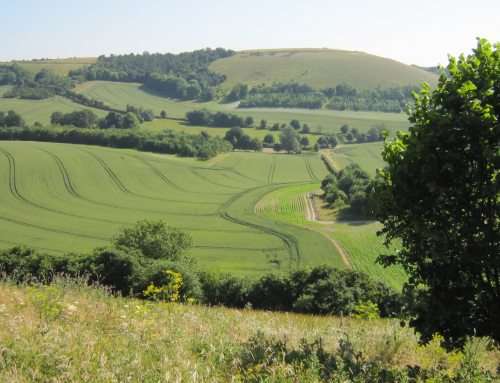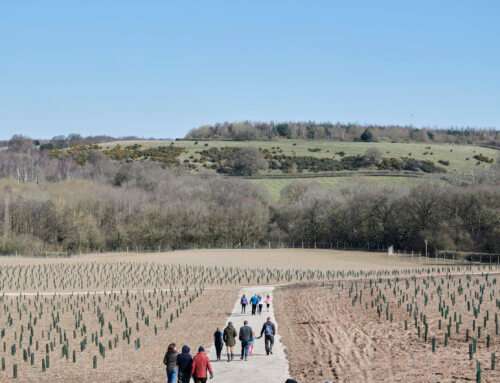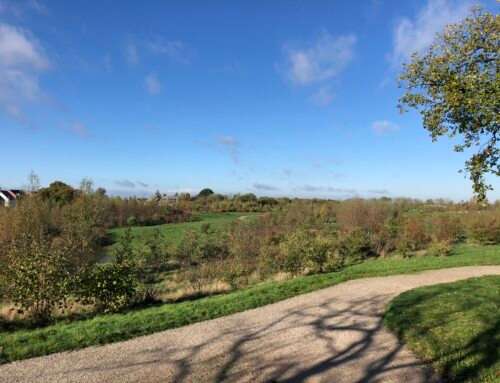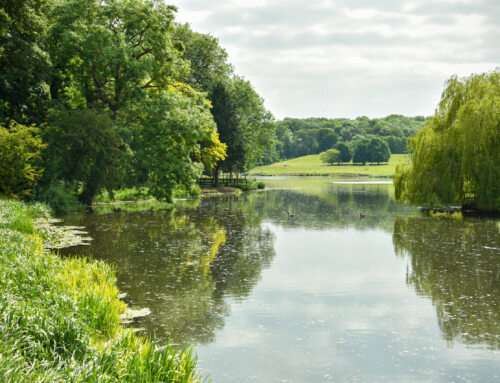Using Building with Nature to achieve sustainable development
Site: Langleybury Farm
Client: Ralph Trustees Ltd
Departments Involved: Ecology
Overview
Nicholsons provided ecological, green and blue infrastructure and Building with Nature support to a hybrid film and television development near the edge of Watford in the Three Rivers District. The development aimed to create new opportunities for the entertainment sector, whilst enhancing local habitats.
At least five roosting bats were identified within the buildings. Further protected species surveys were required before planning consent and a minimum of 10% net gain was also required. Nicholsons worked closely with external and environmental stakeholders to increase biodiversity, achieve a gain of over 10% and create management plans.
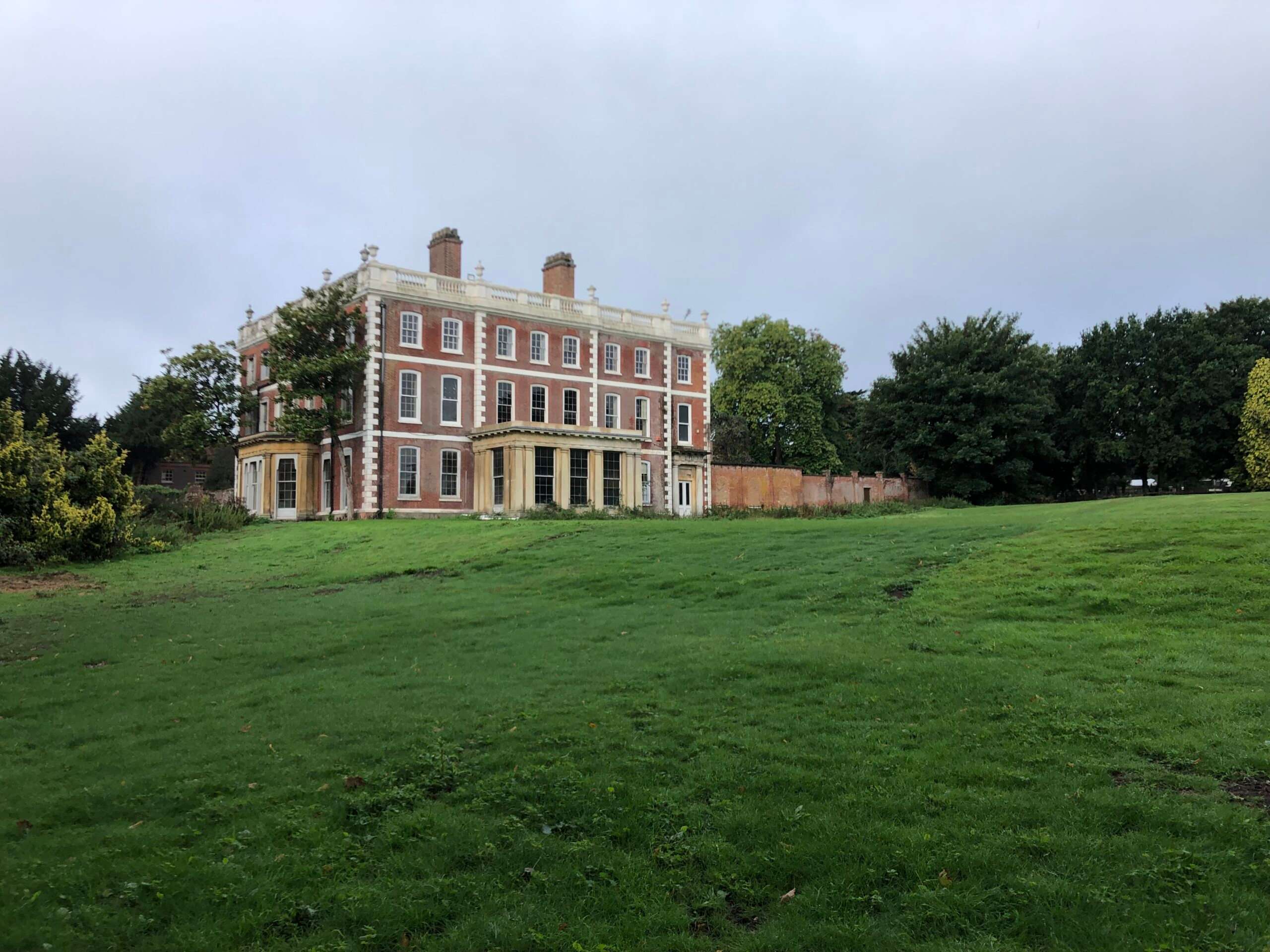
Context
Langleybury Farm was situated east of Langleybury Lane, Sarratt, Kings Langley on the north-western edge of Watford. The Site was located between the M25 (south), the Grand Union Canal to the east and Langleybury Lane to the north and west. Objectives included the creation of a film hub with associated buildings and car parking areas. It also involved the translocation of Langleybury Children’s Farm within the Site.
Emphasis was placed on sustainable improvement of the green and blue infrastructure network while minimising impact on protected sites. This approach seeks a balanced strategy, addressing consumer and economic needs while considering environmental and aesthetic concerns. Thorough environmental impact assessments, community engagement and collaboration with stakeholders were required to align the development with economic goals and environmental preservation efforts.
Challenges
Following an initial assessment of the land, it was found that the Site required extensive protected species surveys to determine the likelihood of potential impacts to the individuals or their habitats. The initial assessment also discovered Habitats of Principle Importance (HPI) within the site, including areas of irreplaceable habitat such as veteran trees protected under the National Planning Policy Framework NPPF.
The site appeared to fall into the Zone Of Influence (ZOI) for a Special Area of Conservation (SAC), this meant there would be additional screening measures to determine any Likely Significant Effects to the SAC. There were a number of confirmed bat roosts within the buildings, and a high level of bat activity throughout the area. Additionally, a net gain of at least 10% in biodiversity was required prior to planning consent.
What we did
Our ecologists conducted a series of surveys encompassing great crested newt (GCN) eDNA, reptiles, botany and invertebrates, followed by the preparation of an extensive bat survey report. Contributions were delivered to enhance landscape vision through creating and enhancing habitats, with additional mandatory assessments undertaken to determine any potential impacts to a Special Area of Conservation, to which the Site was situated within its Zone Of Influence.
We collaborated closely with the Wildlife Trusts to formulate a comprehensive Nature Recovery Strategy Plan to further show commitment to future planning considerations and the need to improve habitats where possible. Actively participating in defining criteria for Building with Nature accreditation also allowed us to help design planning, becoming more sustainable and allowing our ecologists to utilise the Biodiversity Net Gain Metric to visually showcase our commitment to biodiversity and green and blue infrastructure enhancement.
The collective efforts of our ecology team and other environmental/developmental stakeholders allowed us to showcase a holistic approach to environmental conservation and sustainable development, with a focus on biodiversity improvement and habitat preservation.
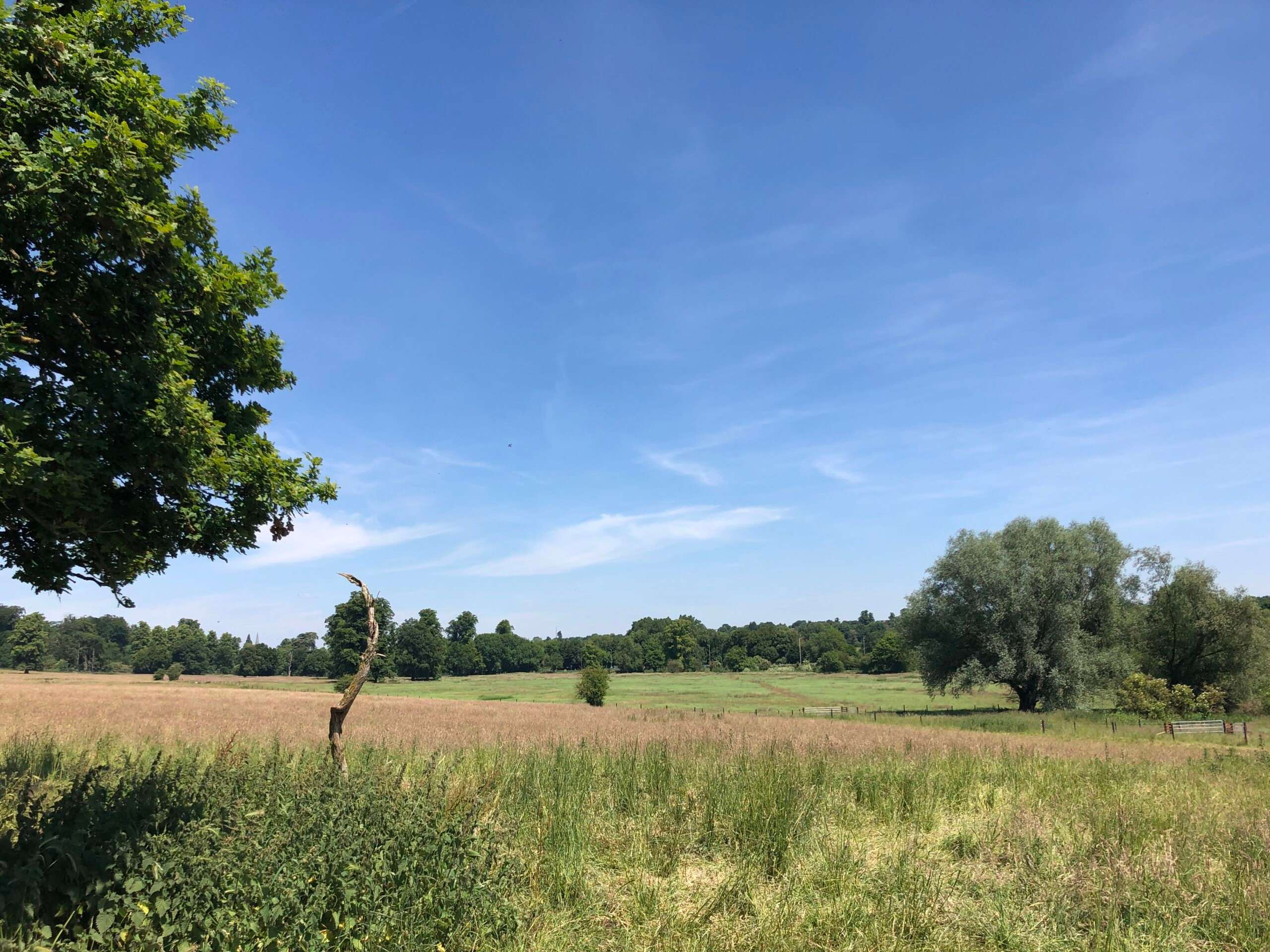
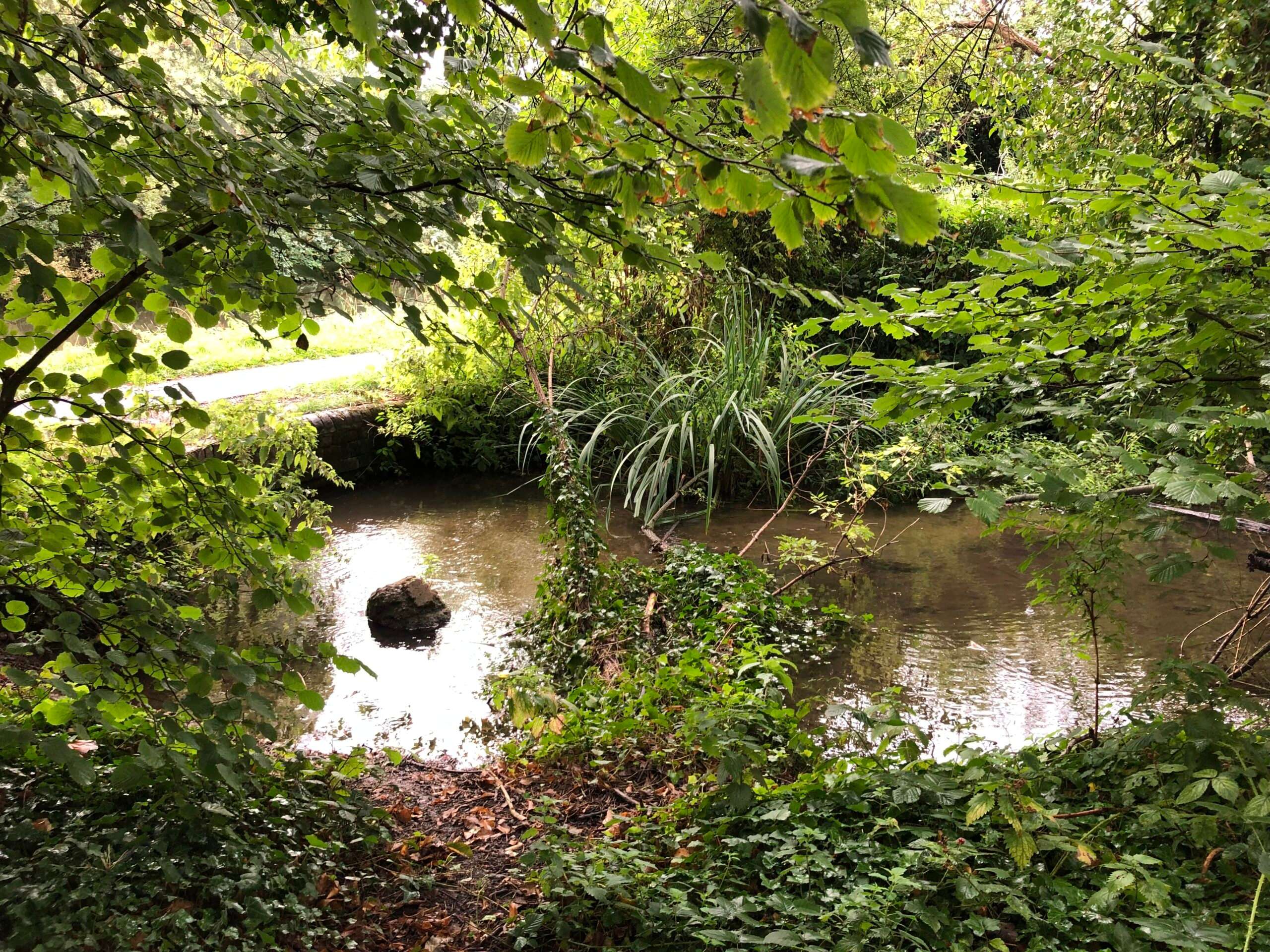
Outcomes
Our ecology team at Nicholsons collaborated with the existing design and arboriculture team to successfully craft a sustainable design plan that prioritises biodiversity and considers broader conservation aspects. The approach involved a proposed net gain of 28.17% in habitats, 85.24% in hedgerows and 102.67% in river units to achieve a net gain in biodiversity that exceeded 10%.
Enhancing areas of retained grassland, proposing to create new wetland habitats, restoring the historic parkland present, woodland management plans and the implementation of mitigation measures were proposed to significantly reduce the impacts of development on both habitats and species.
Our commitment to enhancing biodiversity reflects our dedication to a positive environmental footprint. This collaborative approach, led by our experts in the team, has supported the client and other stakeholders to develop a truly green and blue infrastructure-led masterplan. The site serves as an exemplary model for development projects, aspiring to combine human needs with environmental preservation, emphasising long-term sustainability and responsibility.
The approach not only contributes to the enhancement of the site’s ecological aspects but also serves as a commendable illustration of how responsible development practices can seamlessly integrate with environmental preservation. Through this concerted effort, we aim to set a standard for future projects, fostering a balance between human activities and the imperative need to preserve and sustain our natural surroundings.
As and when the project progresses, ongoing monitoring under the guidance of our team and the development team will ensure consistent adherence to environmental goals.
Highlights
- Implementation of the Biodiversity Net Gain Metric to promote sustainable development.
- Promotion of biodiversity by creating proposed new and enhanced wildlife habitats.
- Proposed expansion and creation of wildlife corridors to connect ecosystems across the wider landscape.
- Retention of veteran trees at the site entrance to foster diverse ecosystems.
- Creation of proposed new wetland habitats to promote new Functionally Linked Land (FLL).
